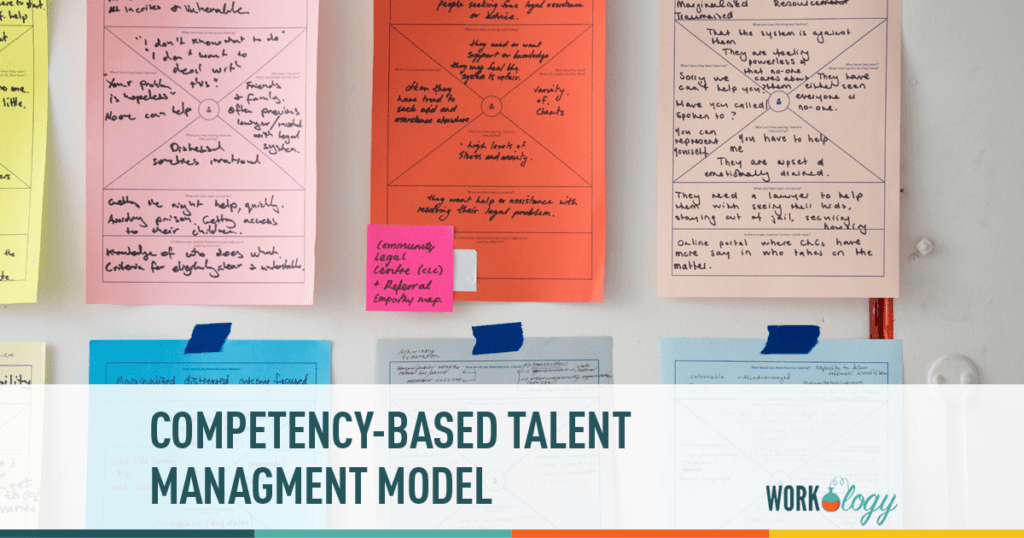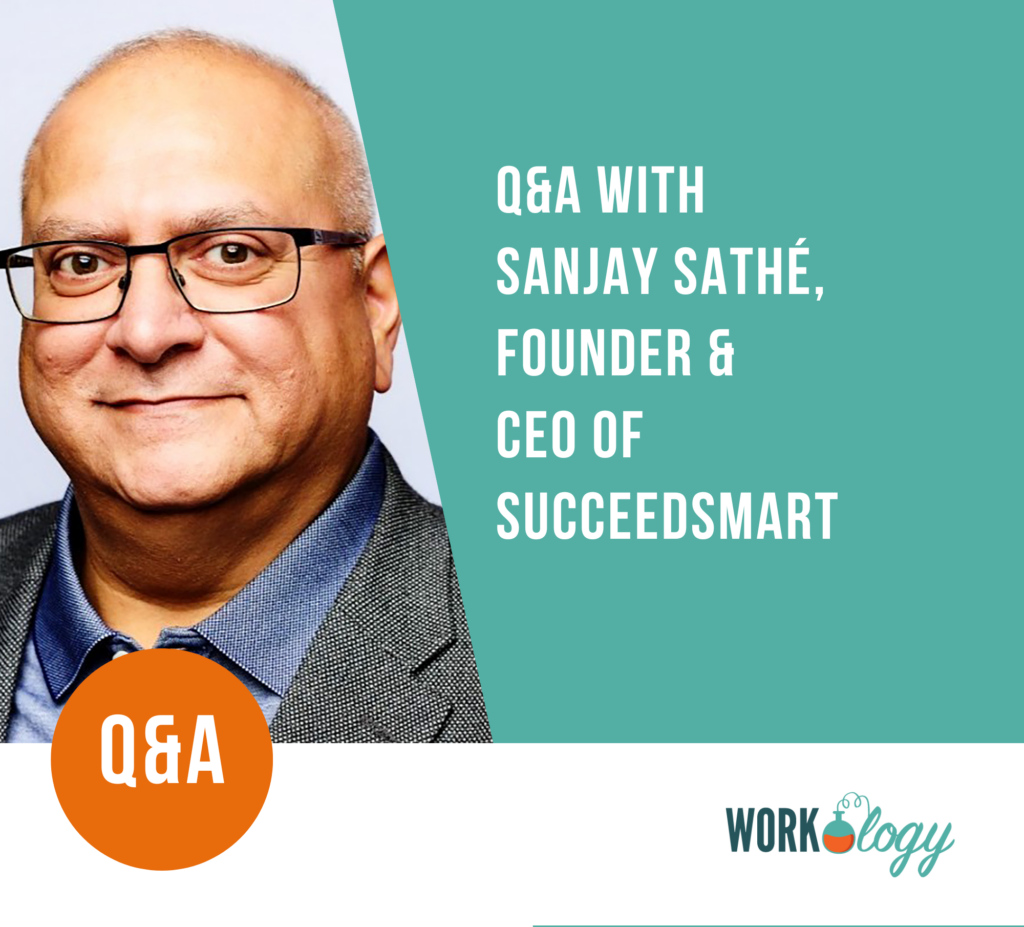Talent Management and Your Company
As companies begin to feel the economic recovery effects, it’s not surprising that companies are re-focusing their efforts on talent management strategies, retention, and growth within their organizations. While there is a new renewed focus on talent management in any economy, hopefully your organization has continued to grow, source quality candidates and develop your workforce throughout the company’s own growth cycle.
If not, it’s never too late to consider adding talent management and development strategies and techniques into your already established company review or employee training and development program.
Talent management” is a phrase that was coined in the 1990’s to incorporate the developments of the Human Resources Management field placing a greater focus on the effects HR has on a company’s organizational effectiveness. Talent management is considered part of the evolution of talent management, candidate pipeline, and succession planning technologies.
Human Resources adds greater value to an organization’s strategic business value through the use of talent intelligence in the form of talent programs, talent management, and talent analytics. These, combined with a robust Competency Based Management and Development Model, aid in creating a company culture. It creates a company culture that is employee focused, performance based, and passionate about re-recruiting your current workforce.
These distinctive competencies, according to ASTD (American Society for Training and Development), are areas of personal capability that enable people to perform successfully in their jobs by achieving outcomes or completing tasks effectively. A competency can be knowledge, skills, attitudes, values, or personal characteristics. Competencies can be defined for job, business, or management activities.
HR Competencies and How they Benefit Your HR Team
Establish a common language and foundation
Competencies allow for a clear understanding of goals as well as what is expected of employees and leaders within an organization. This understanding allows for structure that can be communicated to senior leaders and front line employees.
Multi-functional HR Competencies
Competencies can fit large organizations as well as small teams. Like talent management, competencies can take a business in almost any direction. Competencies within your organization, division, or small team are not one size fits all.
Establishing Structure and Encouraging Communication
This common language and competency based model generates a baseline that allows for conversations among managers, teams, and leaders to be facilitated. Competencies provide your teams a map to help guide them to phases of development and talent management goals.
Aligning the Position With Organizational Goals
Competency based job descriptions and performance evaluations create synergy between manager expectations and organizational goals. Employees see common goals and alignment between their position and their role in the organization.









Comments are closed.